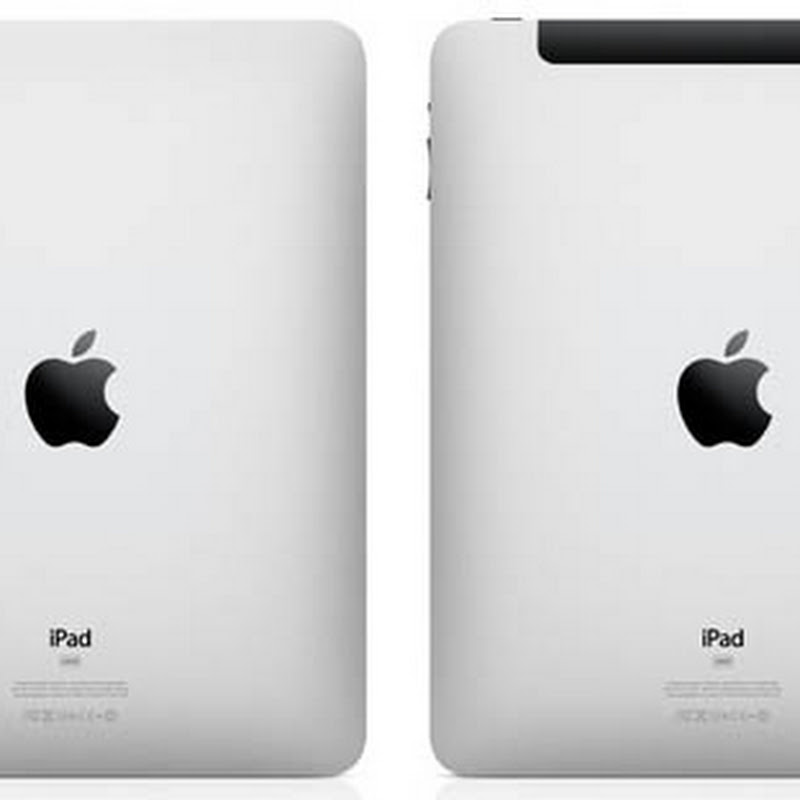Yesterday we told you about the Firefox 4 Beta 5 for Android that was released to the Android Market yesterday morning. Mozilla claims they have not only made it more stable, and more efficient. They also mentioned two things that are a huge part of what browser I use on my Android Phone and that is speed, and size. With each beta release the browser has got a little faster, and the file size once installed has got a little smaller. When it was first released to beta it was slow and huge and not able to transfer to your SD card. Things have changed with the last few updates and Mozilla and Firefox are well on their way to having a great browser for mobile.

So just how fast is the latest beta 5. FAST! We here have been testing it ourselves and I used it for most of the night. Things seem to be steadily improving in all those area’s they mentioned. Above we have a graph for you that is showing Firefox 4 Beta 5 on multiple devices all showing significant speed improvements. Tested on the Galaxy S, the Nexus S and One, as well as the Galaxy Tab for a wide variety of models and Android versions. Seems to be pretty stable and fast across the board. Take into consideration this is just one test out of many. They also had a graph of the Javascript V8 Engine with similar performance improvements.
Whether you plan to change browsers or not, it’s always fun to try new things and I recommend giving it a little test drive. For those using Firefox as a daily driver, check out this Add-On called Quit Fennec that will close the browser completely to conserve battery rather than use a task killer.

So just how fast is the latest beta 5. FAST! We here have been testing it ourselves and I used it for most of the night. Things seem to be steadily improving in all those area’s they mentioned. Above we have a graph for you that is showing Firefox 4 Beta 5 on multiple devices all showing significant speed improvements. Tested on the Galaxy S, the Nexus S and One, as well as the Galaxy Tab for a wide variety of models and Android versions. Seems to be pretty stable and fast across the board. Take into consideration this is just one test out of many. They also had a graph of the Javascript V8 Engine with similar performance improvements.
Whether you plan to change browsers or not, it’s always fun to try new things and I recommend giving it a little test drive. For those using Firefox as a daily driver, check out this Add-On called Quit Fennec that will close the browser completely to conserve battery rather than use a task killer.






 11:06 AM
11:06 AM
 Simranpal SIngh
Simranpal SIngh












